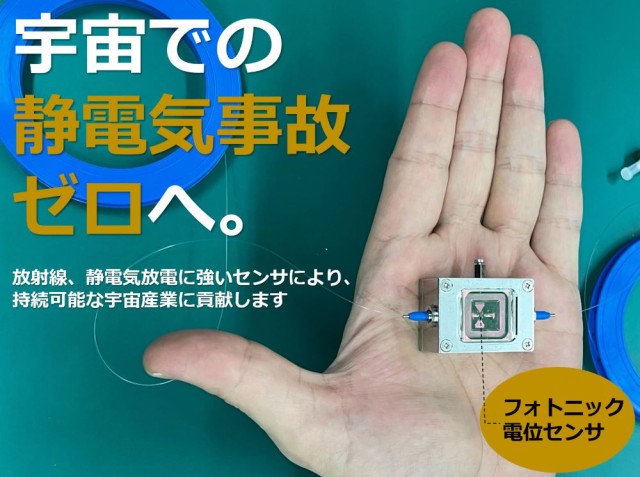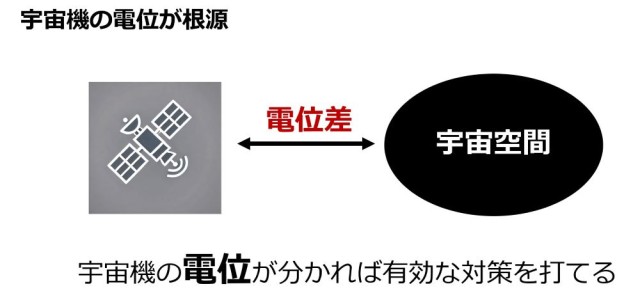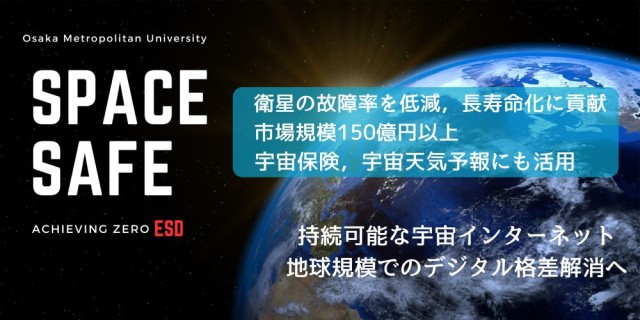Exhibition category
Contact address
| Address | Building B6, Nakamozu Campus, 1-1 Gakuencho, Naka-Ku, Sakai, Osaka |
|---|---|
| Telephone | 0722549236 |
| URL | https://www.omu.ac.jp/eng/ |
| daisuke.sasaki@omu.ac.jp |
Main exhibits 1
Overview of the Department of Aerospace Engineering
Osaka Metropolitan University is a new university established in 2022 by the merger of Osaka Prefectural University and Osaka City University. The Department of Aerospace Engineering at Osaka Metropolitan University continues directly from Osaka Prefecture University.
Aircraft and spacecraft development requires technologies and knowledge from a wide variety of fields. These fields include aerodynamics, structure, propulsion, control, navigation systems, space engineering and systems engineering. The Department of Aerospace Engineering specializes in education and research in these engineering fields.
In the graduate course, students conduct research on advanced technical issues in each field and learn basic theory and advanced technology. While gaining in-depth knowledge of the specialized field of aerospace, students will develop the comprehensive thinking and system design skills required of aerospace engineering researchers. Faculty members in the department are engaged in various cutting-edge research as experts in their respective specialized fields, and are in charge of student education and research. The department also supports extracurricular activities related to the aerospace engineering.
WindMill Club designs, builds, and operates their own human-powered aircraft as an official club activity. The goal is to win the “Japan International Birdman Rally” held every summer by Yomiuri Telecasting Corp., and to break the flight distance record. Since their first entry in 1994, they have participated in the contest more than 20 times and have won six times. They continue to challenge today.
Small Spacecraft Systems Research Center (SSSRC) researches and develops small spacecraft systems such as a nanosatellite and a small hybrid rocket by students themselves. They are developing their own curriculum to teach the required skills based on systems engineering. SSSRC also conducts outreach activities on space engineering for local communities.
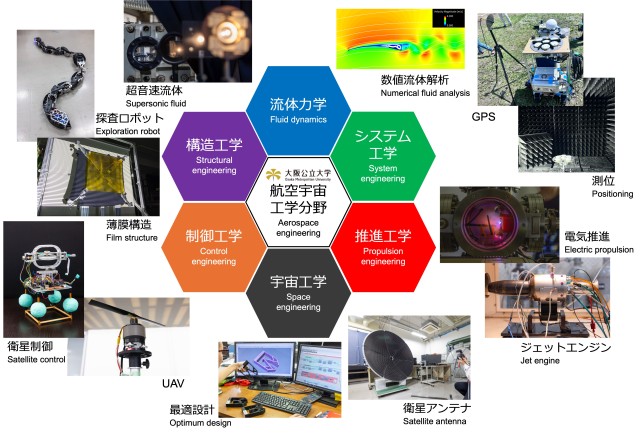
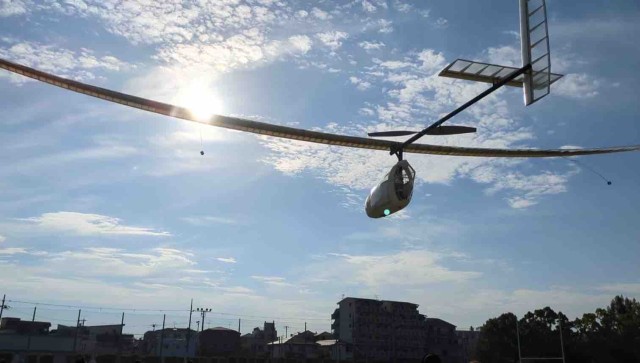
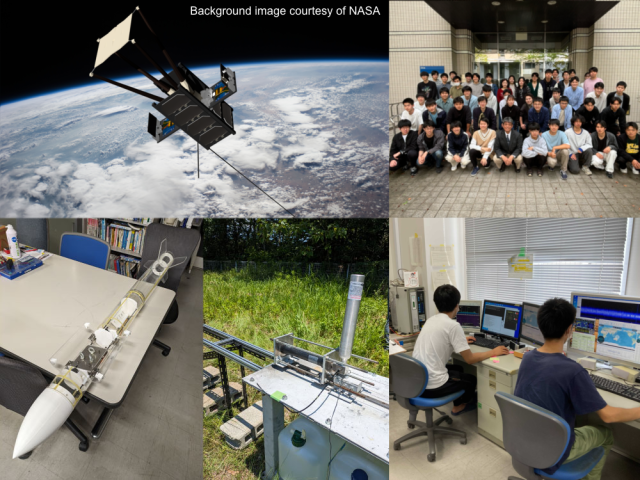
Main exhibits 2
Sustainable Aviation Fuel (SAF) from Plant Oil using the Co-solvent Method
By employing the co-solvent method developed by our team, the production of sustainable aviation fuel (SAF) from coconut oil is feasible. Unlike other fats and oils, short-chain fatty acid esters such as C6, C8, C10, and C12 can be utilized as sustainable aviation fuels (SAF), whereas long-chain fatty acid esters such as C14, C16, and C18 can be used as biodiesel fuels (BDF). Furthermore, even at a 50%-50% blending ratio of the produced SAF with conventional kerosene-based jet fuel, it is fully applicable as a fuel for small jet engines.
Our method of using C6 to C12 fatty acid esters as SAF represents a completely different production approach from existing methods, such as Fischer-Tropsch synthesis, hydrotreatment of waste and plant oils, and alcohol oligomerization. Unlike these conventional methods, which require large amounts of hydrogen and operate at high temperatures (300-400°C), our co-solvent process works at ambient temperature and pressure. This results in a significantly lower energy consumption and waste generation. As a result, our production method has reduced manufacturing costs to 1/10, decreased energy consumption to 1/3, and achieved over 97% yield for both SAF and BDF, surpassing fuel standards and tripling the efficiency compared to conventional methods.
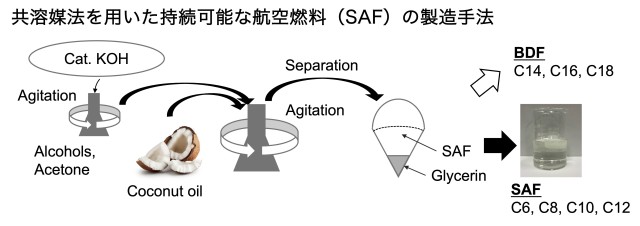
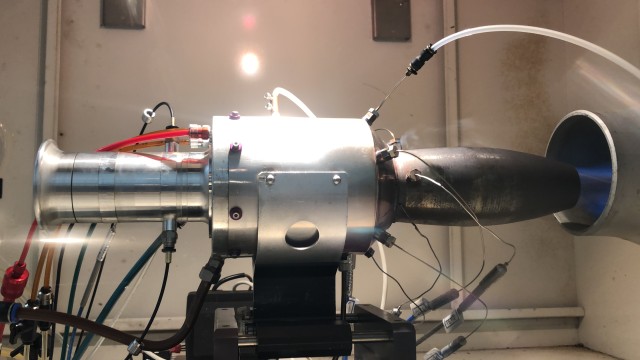
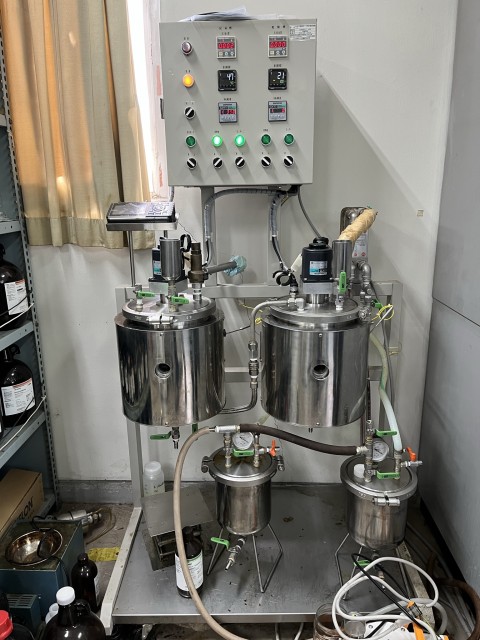
Main exhibits 3
Photonic charge sensor for spacecraft
We are showcasing a sensor that measures the potential of satellites! Our sensor adopts a unique measurement method using light, providing high radiation resistance and a super lightweight, compact design that safely measures the charging of spacecraft. By incorporating this sensor, it can reduce the failure rate of satellites and contribute to extending their lifespan. Additionally, it can be utilized for space insurance and space weather forecasting. Please experience its performance through a live demonstration.
In 2023, the payout for space insurance reached a record high of 180 billion yen. For sustainable space development and business, it is essential to measure the space environment in 3D and in real time. There is a significant potential difference between satellites and space, which fluctuates greatly throughout the day. As a result, satellites are threatened by the risk of static electricity accidents. Accurately measuring the potential of satellites is crucial for safe design, enhanced functionality, and cost reduction. However, the potential sensors used in terrestrial industries rely on electronic technology for detection, making them unsuitable for use in space environments, where there are high levels of radiation and charged particles.
Our photonic potential sensor, currently under development, addresses the long-standing issue of static electricity risk faced by space operators and is unparalleled globally.
